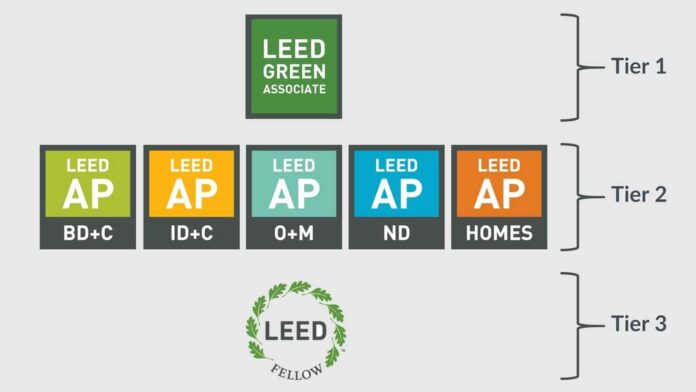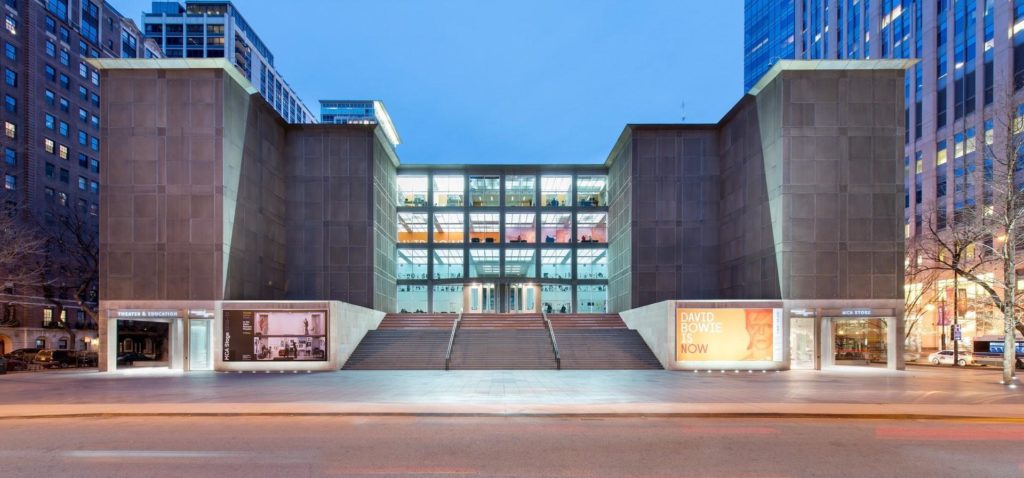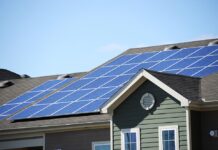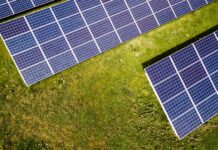
Climate change is one of the biggest threats facing human existence today. A report by Pew Research shows climate change is seen as a top threat by 13 out of the 26 countries surveyed for this report. These concerns have risen significantly, and that is why we are seeing many efforts today to reduce the impact of human consumption on the environment and the ensuing climate change. Though many of these changes are still in their nascent stages, they have nevertheless started creating the right impact on communities and the environment at large.
Many solutions and strategies have been formulated to address this problem. Still, one of the most universal and all-encompassing solutions is to create sustainable buildings that have little to no impact on the environment. Some studies show that the construction industry is responsible for 50% of climate change and landfill waste, and 40% of energy consumption. This is why there has been a big push to create buildings that provide a healthy quality of life to its occupants without harming the environment.
An organization that has been at the front of this sustainable building movement is the U.S. Green Building Council. It has come up with many ways to promote the construction of sustainable buildings, and one such strategy has been the introduction of a standard called LEED that evaluates a building on a set of parameters to determine whether it can qualify as a green building with LEED certification.
What is green building?

The main purpose of green building is to minimize the impact on the environment, especially on the local communities, without compromising the conformity of the homes built. Furthermore, the focus is not only on the materials used for building, but the emphasis is also put on the water sources available without hurting the ecosystems, the locations on which the buildings are constructed, and the access to clean energy.
Now, if you’re a building owner or planning to construct one soon, you may wonder what is in it for you? Here are some benefits that come with a LEED credential.
Benefits of a LEED Certification
While many benefits come with a LEED certification, here are the prominent ones.
As more people become aware of climate change and the impact of the construction industry on the environment, they want to live in places that are built using sustainable construction practices. In other words, there’s a greater demand for green buildings.
From an owner’s perspective, these buildings are an attractive investment option that is sure to fetch rich rewards in the future. The average ROI of green buildings is touted to be around 10%.
Buildings that are LEED-certified reduce a lot less waste to the landfill. By 2030, it is estimated that these buildings will save around 540 million tons of waste from reaching the landfill.
Income from green buildings will be higher as people become more conscious of their health and would want to live in a place that promotes their well-being. A study in Los Angeles renting market shows that tenants are willing to pay $0.75/feet for green spaces than regular ones.
For corporates, working from a LEED-certified building creates a positive impression in its employees and customers’ minds. More importantly, a healthier workplace means reduced absenteeism and improved productivity.
Green buildings are highly energy-efficient and save on utility bills in the long-run. It also becomes eligible for government sops and tax concessions.
Green buildings cost less to maintain than traditional buildings. They are mostly self-sustainable, which can save a lot down the line.
These reasons are sure to motivate you to become a part of the booming green building industry with a LEED certification.
The green building industry is not just another hype that will fade away as quickly as it came out. For many people in the industry, this represents a huge step forward to building that it’s going to be in sync with the environment. Architects, contractors, builders, and every other expert in the field agrees that this could be the future in engineering. The old-fashioned ways are the thing of the past, and coming up with new, greener solutions is the way to go. If you want to look from your personal aspect, just think how it would look on your job resume to show off the knowledge and the awareness of creating something that will better the quality of life while staying compliant with nature. There is no doubt that it could open a world of possibilities for builders and customers alike.
What can LEED do for you?

As a LEED-accredited contractor, you will seem more appealing to customers with all the benefits of green building. Saving on water and energy bills, while releasing less carbon dioxide could attract customers around the world. Yes, this is true, around the globe people are looking for ways to build more sustainable structures that will not go against our natural surroundings. And the best part, they could be saving a lot of cash in taxes while receiving the government rebates. Green builders are sure to profit from moving forward from the traditional ways and stepping into the future.
For commercial buildings, this a win-win situation. Both builders and customers will benefit from receiving recognition from the industry and consumers alike. Environmental concerns have grown in the past few decades, and it’s time for the building industry to keep up with the latest developments in the field. Learn about the ways on how to get LEED accredited on projectific.com.
If you’re a student looking to make a career in the construction industry, a LEED green associate course or a LEED AP BD+C course can give you an edge over others. This certification gives all the information you need to design green buildings and convert the existing ones to meet its high sustainability standards. Further, there are sure to be more demand for LEED-certified people to help with design and construction, so in all, you can benefit significantly from it.











